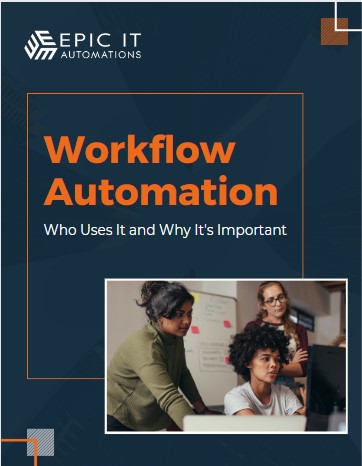If you run a plumbing, HVAC, electrical, or landscaping business, you know the truth:
Your days are packed. From quoting jobs to scheduling crews to chasing down payments, it often feels like there’s never enough time.
But here’s the thing: most of that chaos isn’t because you’re disorganized. It’s because your business has outgrown the old way of doing things.
Paper files, whiteboards, spreadsheets — they all worked when you had a smaller operation. But as you grow, those manual systems start to crack.
That’s where modern SaaS (Software-as-a-Service) applications come in. They help you automate repetitive work, improve visibility, and keep your team focused on the jobs that make you money.
Manual Work Is Eating Up Your Profits
Let’s look at why stronger business systems are no longer optional — and how they can transform your day-to-day operations.
Think about how many hours your team spends every week on tasks like:
- Sending reminders to clients
- Copying information from one system to another
- Manually scheduling appointments
- Tracking quotes, invoices, and payments
- Searching for job photos or documents
These hours add up quickly. They cost you real money in wasted labor, and they keep your team stuck in admin mode instead of doing billable work.
SaaS Applications Are Built for Trades Businesses
The good news is, you don’t need to build complicated custom software to get organized.
Today’s SaaS tools are:
✅ Affordable: Monthly subscriptions scale with your business.
✅ Easy to use: Many platforms are designed specifically for field service companies.
✅ Cloud-based: Your team can access them from the office, the truck, or the job site.
Tools like Jobber, ServiceTitan, Housecall Pro, QuickBooks Online, and Zapier help you create a connected system where:
- A signed quote automatically creates a job on the schedule.
- A job marked “complete” automatically sends an invoice and follow-up request.
- Late payments trigger automatic reminders, so you don’t have to chase clients.
This means fewer errors, faster payments, and more time to focus on growing your business.
Reduce Costs and Scale Without Extra Overhead
Strong business systems don’t just save time — they save money. When your processes are automated, you:
- Reduce labor costs: Less manual data entry means your team gets more done in less time.
- Avoid costly mistakes: No more missed appointments, forgotten invoices, or duplicate data.
- Improve customer experience: Clients get faster responses and better communication.
For many trades companies, implementing modern SaaS apps has been the key to scaling operations without hiring more office staff.
✅ Ready to reclaim your time and streamline your workflows?
Let’s talk about how the right systems can help your trades business run smoother — without the headaches.
Call us: 608-508-5100 | Email: info@epicitautomations.com. Or book your free 15-minute strategy call and see how much time you could save.
Learn more about our offerings by following us on Facebook, YouTube, and Instagram.










